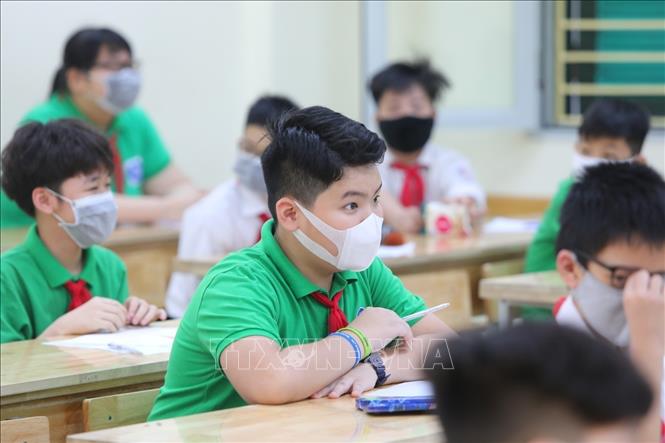“Are children at lower risk of COVID-19 than adults?What is the incubation period for children?What are the prevention and control measures to be prepared and put in place in schools?What should be monitored after re-opening of school?….”Here are some questions that we should consider seriously when children return to school.
Are children at lower risk of COVID-19 than adults?
Children are less often reported as cases when compared with adults, and the illness they experience is usually mild. From data reported to WHO, children and adolescents up to 18 years of age represent 1 to 3% of reported infections, even though this age group makes up 29% of the global population.
While children may be less affected, they may also have a greater number of contacts in school and community settings. Further studies are underway to assess the risk of infection in children and to better understand transmission in this age group.
What is the incubation period for children?
The incubation period for children is the same as in adults. The time between exposure to COVID-19 and when symptoms start is commonly around 5 to 6 days, and ranges from 1 to 14 days.
What are the prevention and control measures to be prepared and put in place in schools?
There are several actions and requirements that should be reviewed and put in place to ensure the safety of children and school staff while at school. Special provisions should be considered for early childhood development, higher learning institutions, residential schools or specialized institutions.
WHO recommends the following:
Policy, practice and infrastructure: Ensure the necessary resources, policies and infrastructure are in place that protect the health and safety of all school personnel, including people at higher risk.
Behavioural aspects: Consider the age and capacity of students to understand and respect measures put in place. Younger children may find it more difficult to adhere to physical distancing or the appropriate use of masks.
Safety and security: School closure or re-opening may affect the safety and security of students and the most vulnerable children may require special attention, such as during pick-up and drop-off.
Hygiene and daily practices: Hand hygiene and environmental cleaning measures should be in place to limit exposure. Schools should consider training of staff and students, a schedule for daily cleaning, availability of hand hygiene facilities and national/local guidance on the use of masks.
Screening and care of sick students, teachers and other school staff: Schools should enforce the policy of “staying home if unwell”, waive the requirement for a doctor’s note, create a checklist for parents/students/staff to decide whether to go to school (taking into consideration the local situation), and consider options for screening on arrival.
Communication with parents and students: Schools should keep students and parents informed about the measures being implemented to ensure their collaboration and support.
Additional school-related measures such as immunization checks and catch-up vaccination programmes: Ensure continuity or expansion of essential services, including school feeding and mental health and psycho-social support.
Physical distancing: Physical distancing of at least 1 metre between people should be implemented in the school premises and in the classrooms. This includes increasing desk spacing and staging recesses, breaks and lunchbreaks; limiting the mixing of classes or age groups; considering smaller classes or alternating attendance schedules, and ensuring good ventilation in classrooms.
Remote learning: Tele-schooling and distance learning options such as delivering assignments, broadcasting lessons on radio or television and frequent follow-up support should be adapted to the situation.
What should be monitored after re-opening of school?
Monitoring of the following should be considered through a range of mechanisms:
- Detection of new COVID-19 cases in educational institutions and success of contact tracing
- Implementation of and adherence to recommended public health measures in school settings
- Information on school drop-out, disaggregated for sex, age, disability and socio-economic status
- Effectiveness of remote education strategies
- Effects of policies and measures on educational objectives and learning outcomes
- Effects of policies and measures on the health and well-being of children, siblings, staff, parents and other family members
Based on what is learned from this monitoring, further modifications should be made to continue to provide children and staff with the safest environment possible.
https://www.who.int/emergencies/diseases/novel-coronavirus-2019/
photo: VNA photo: Thành Đạt








